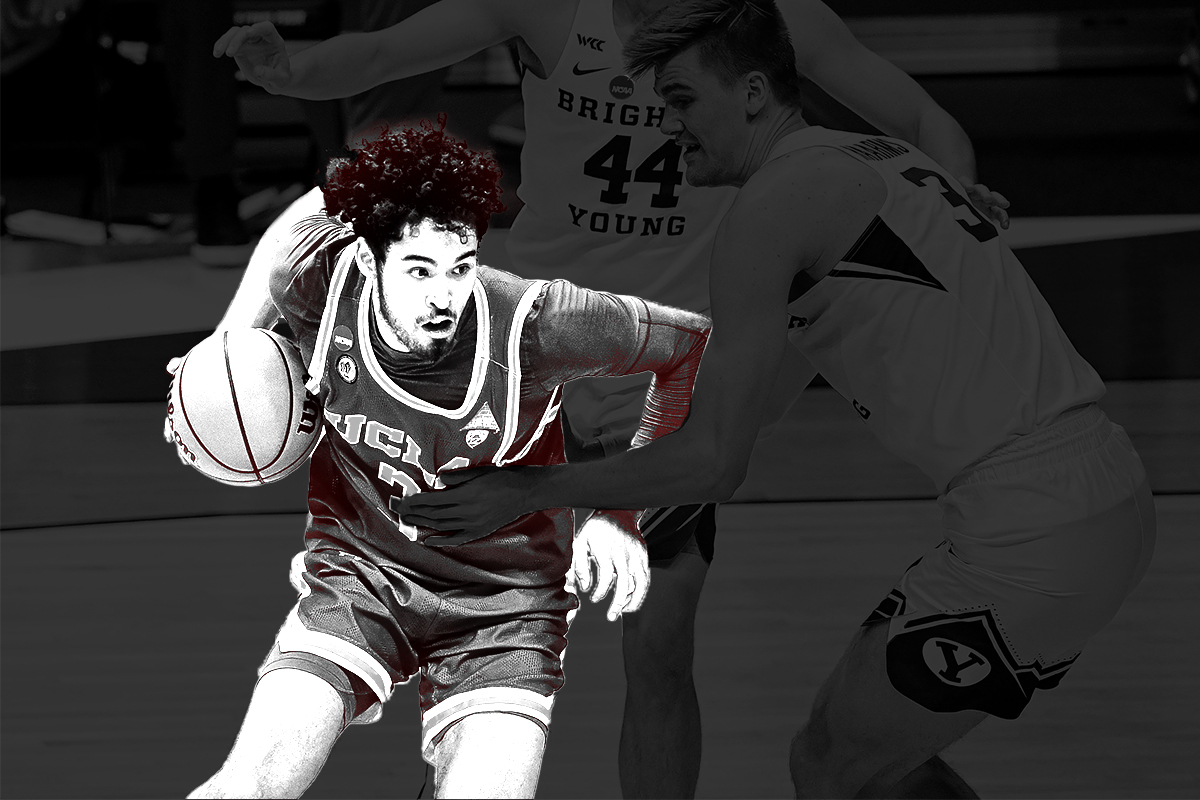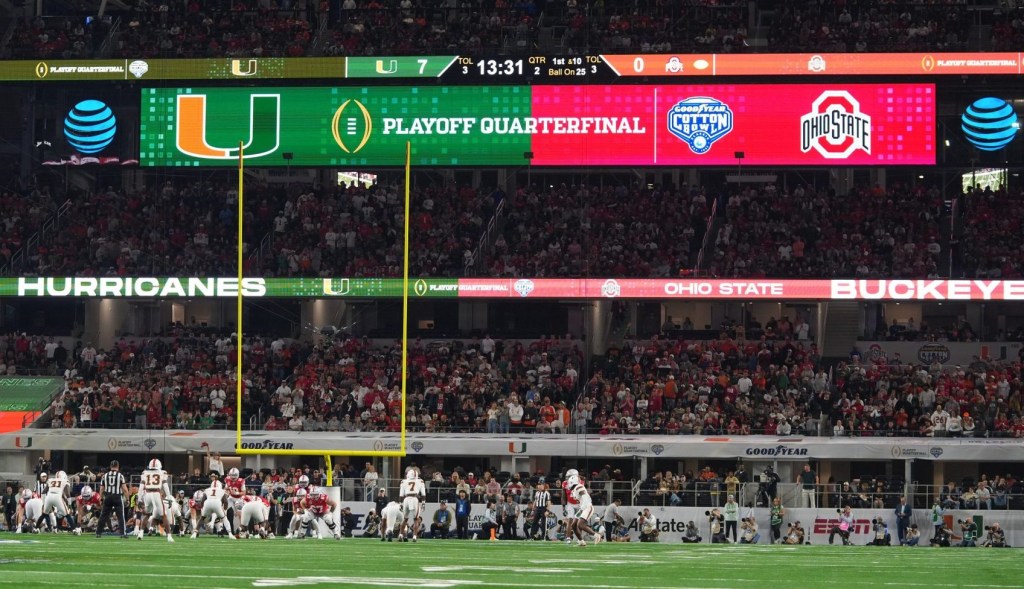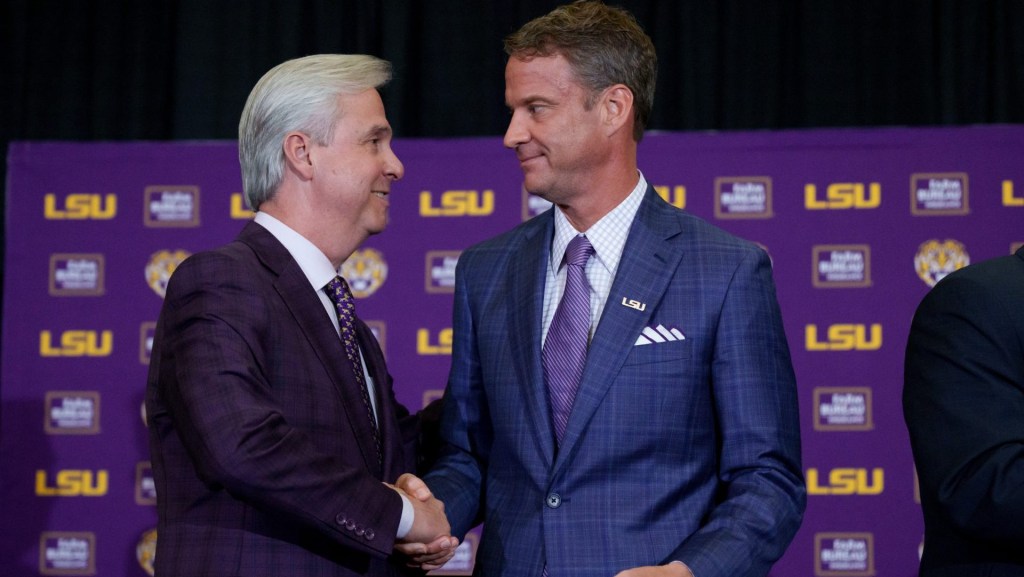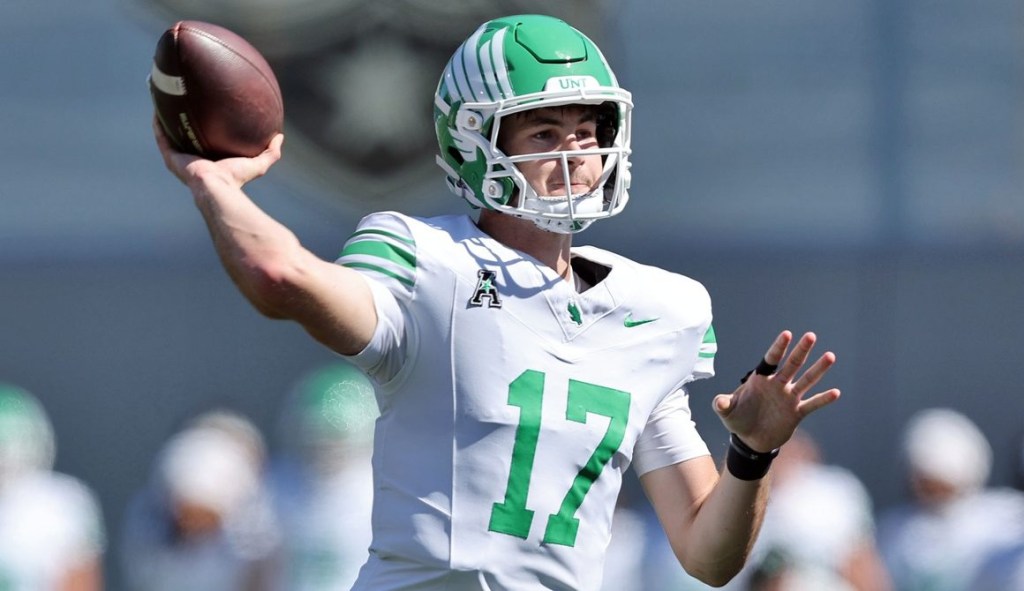The NCAA approved a long-awaited rule that would allow Division I student-athletes to transfer one time and immediately play for new teams, the governing body announced last week.
Previously, the NCAA had transfer restrictions on D-I football, basketball, men’s ice hockey, and baseball players. The rule, which is up for a final round of approval on April 28, would take effect this fall.
It “gives players more control over their own destiny… and to hopefully capitalize on some of the economic value that they’re bringing to these programs,” Irwin Kishner, co-chair of the sports law group at Herrick, Feinstein, told Front Office Sports.
Another benefit? The change may invite more second-string players at top programs to seek out less competitive programs where they can play more, Kishner said. Meanwhile, players at “second-tier” programs who have breakout seasons may try to transfer to more prestigious teams.
Either scenario would allow players new opportunities to improve their draft stock. However, it may create complications for some teams worrying about better programs picking off their players, Kishner said.
And because athletes will soon be able to profit off their name, image, and likeness, athletes may want to transfer to departments that provide top NIL resources.
That could increase competition among schools to provide “athlete services,” Jaime Miettinen, athlete advocate and founder of Miettinen Law, told FOS.
Athletic departments will certainly face a more competitive market. “What if, though — instead of viewing it as a potential negative consequence — we view this change as a good thing for the sport product?” Miettinen said.

















